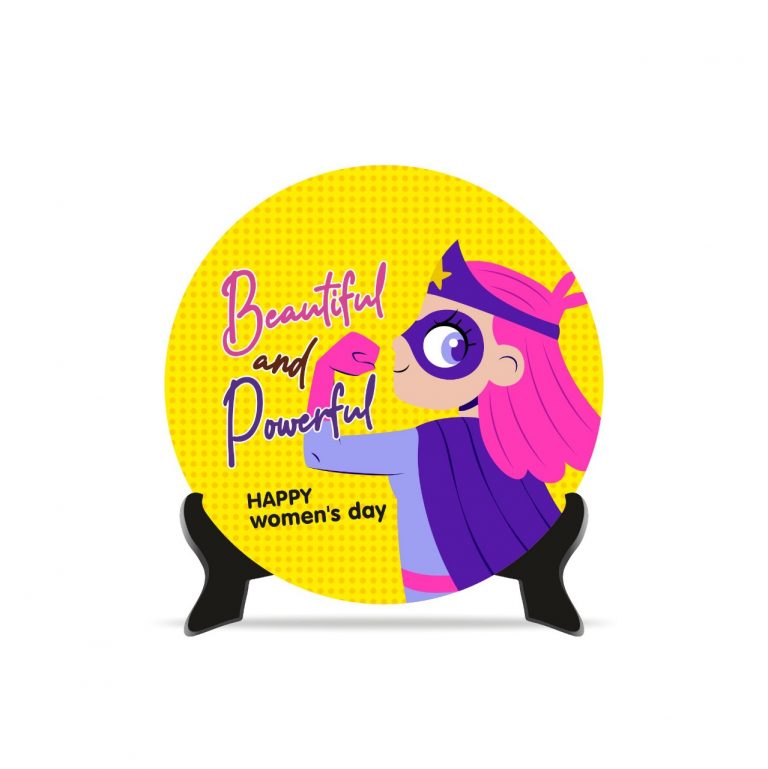The best workplaces run on more than efficiency. They thrive on genuine connection. For world-class organizations, simply collecting employee feedback is not enough.
The real challenge is in the action that follows. This process transforms raw sentiment from workplace surveys and daily conversations into meaningful, tangible improvements.
When done right, it doesn’t just improve engagement. It forges a resilient, competitive company culture.
The Cost of Not Listening
Many companies believe they listen. Their employees often disagree. This is a crucial gap.
Gallup data shows that only 16% of workers felt their last conversation with a manager was truly meaningful. That figure highlights a massive quality issue in communication.
Ignoring feedback damages the organization. 41% of employees have left a job because they felt their opinions were not heard. This directly impacts retention and is an avoidable cost.
You must build your culture with employee voices. Otherwise, you risk watching your best talent walk out the door.
Phase 1: Gathering the Right Data
Effective change demands high-quality, continuous data. An annual survey is now too slow for business speed.
1. Move Beyond the Annual Review
The once-a-year workplace surveys are an artifact of the past. Modern HR needs speed and focus.
- Pulse Surveys: Use frequent, short polls. They check the organizational ‘heartbeat’ on specific topics.
- Stay Interviews: Talk proactively with valuable employees. Understand what keeps them and what might push them to leave. This yields direct retention data.
- 360-Degree Input: Collect feedback from peers and direct reports. Get a well-rounded view of an employee’s impact and their daily experience.
2. Ensure Psychological Safety
Employees must trust that honesty will not lead to punishment. Anonymous channels are key for sensitive subjects.
- Anonymity is Sacred: If you use an anonymous system, ensure demographic groups are large. No individual should ever be identified.
- Leaders Must Share: Senior Leadership in workplaces should share feedback they gave or received. This helps normalize the act of speaking up for everyone.
Phase 2: From Data to Decision
Collected information must be systematically analyzed. This reveals the true cultural pain points and opportunities.
Related Posts
1. Focus on Themes, Not Just Scores
A low score in “Clarity” is only the beginning. The crucial work is finding the root cause. Dig into the open-text comments and follow-up discussions.
- Themed Insight: Group feedback into clear cultural themes: Trust, Recognition, Growth, or Well-being.
- Prioritize Action: You cannot fix everything at once. Select one or two areas. Choose those that promise the highest impact on employee experience and business results.
2. Embrace Open Transparency
Asking for feedback and then going silent quickly destroys trust. This is the “black box” of HR.
- Communicate Fast: Share the high-level results with the entire company within days. Thank every person for their honesty.
- Report the Plan: Follow up with a clear action plan. Detail your commitment. For example: “You asked for clearer career paths. We commit to launching a new framework in four months.”
Phase 3: Embedding Change in the Culture
This step makes feedback a permanent part of the culture, not just an HR project. It becomes a daily way of working for everyone.
1. Hold Managers Accountable
Managers are the vital agents of cultural change. They control the daily employee experience.
- Coach, Don’t Command: Train managers to move from task-givers to performance coaches. Teams receiving strengths-based feedback are 12.5% more productive, according to Gallup.
- Metric Matters: Include “Feedback Implementation” as a key performance metric for managers. This signals that senior leadership in workplaces truly values this work.
2. Brand Your Listening Efforts
When changes happen because of feedback, announce it widely. This is strong employer branding.
- Publicly Connect the Dots: Did a new policy result from survey data? Did a new tool come from a suggestion? Acknowledge the connection publicly.
- “You Said, We Did”: Use this simple, direct phrasing in company updates. It validates the honest employees. It also shows potential new hires that your organization actively listens and responds.
A high-performing culture is not luck. It is a system built on validated employee input.
By creating open channels, acting transparently, and holding Leadership in workplaces accountable, any organization can transform simple words into lasting culture gold.
This disciplined approach ensures your company earns its certification as a truly Amazing Workplace.









